 After my preamble in Part I, now it’s time to get down to business and start making my proper German Sourdough Rye Bread – Vollkornbrot in this case.
After my preamble in Part I, now it’s time to get down to business and start making my proper German Sourdough Rye Bread – Vollkornbrot in this case.
The whole point of sourdough bread is that you don’t use any added yeast – which is fortunate, since the panic-buyers have it all. Instead, you make use of the yeast that occurs naturally in the flour. The only problem with that is that there’s not much there compared with a tablespoon of pure bakers’ yeast, so you need to gradually bring it to life and let it grow before you can actually make any bread.
This is a one-time process, and at the end of it you have a ‘starter culture’ – or Anstellgut, in German. Incidentally, if any German readers want to correct me, please do. I’m trying to improve my German language skills right now, and having to translate these recipes has been fun, but that doesn’t necessarily mean I have got all the words right. Anstellgut in particular doesn’t translate too well – you get some pretty funky results – and I had to work it out for myself.
The principle behind making a starter is that you mix approximately equal portions of flour and water, then incubate it in a warm place for a day. Then you ‘feed’ it with more flour and a similar amount of water, and incubate again. You repeat this for several days, until at the end of it you have a nice frothy starter which is now fully active and can be used to make bread rise. You can use any flour to make a starter, but it is usually best (though not essential) to use the type of flour you’ll be making the bread out of later. In my case, I want a rye bread, so I am using rye flour.
I’m using “Roggenmehl Typ 1150”, which I purchased from Bäckerei George, located in Dresden, Germany. They’re on eBay, and the listing is in German, but you can use any rye flour if that worries you (and if you can get it). They delivered to me with no problems, so I’m happy to vouch for them. Roggenmehl means ‘rye flour’, and Roggenmehl 1150 (the number relates to the ash content) is high in B and E vitamins, contains at least 85% of the whole grain, and is therefore darker than normal bread flour. Rye has a lower gluten content than regular white flour and a slightly sour taste.
Googling for information on starters and sourdough throws up some bizarrely complicated methods which seem fixated on ending up with barely more than a thimbleful of starter from anything up to half a kilo of flour and the same amount of water. I went for a simple Anstellgut based on one I found on a German cookery website. It takes 7 days to prepare – assuming nothing goes wrong. I used a big enough container so as not to have to keep pissing about throwing half away here, and half away there to try and keep it in a jam jar (it rises and falls when you’re making it).
I started with a jam jar, then switched to a larger jar when the volume increased. Before use, I washed the jar I needed and then dried it in a low oven for 20 minutes to sterilise it. You can use a plastic container as long as it’s clean.
Oh, one more thing. Chlorine is very bad for the low levels of yeast spores in the flour, and it kills or inhibits them. Don’t use tap water when making your Anstellgut – use spring water from a bottle. And you can warm it slightly either in a clean pan on the stove, or in the microwave for a few seconds. Ideally, it should be around 25-30°C when you use it.
I was intending to show a series of pictures, but I quickly realised this is pointless. Once the Anstellgut kicks off, it rises then falls over 24 hours. So although it might double in volume a few hours after you feed it, after 24 hours it has calmed right back down and you can’t see anything dramatic.
Day 1
To the clean jam jar, add 50g of flour and 80g of slightly warm bottled spring water. Mix with a clean spatula, cover the jar with muslin, and incubate at about 25°C for 24 hours.
Day 2
There is already obvious activity even after 24 hours, with a few bubbles and a honeycombed texture when you dig into it. It has a very slight acidic odour. It’s looking good, so far.
Add 50g of flour and 60g of slightly warm water. Mix with a clean spatula, re-cover with muslin, and incubate for 24 hours.
Day 3
Sometime during the night, the marks on the jar show it doubled in volume, then fell back again. It is frothy with the same slightly acidic odour. I’ve transferred it to the larger jar now (I only just got away with it in the smaller one).
Add 50g of flour and 60g of slightly warm water. Mix with a clean spatula, re-cover with muslin, and incubate for 24 hours.
Day 4
Again, at some point overnight it doubled in volume and then fell back. It smells more yeasty now – almost like when making beer, but not as strong.
Add 50g of flour and 60g of slightly warm water. Mix with a clean spatula, re-cover with muslin, and incubate for 24 hours.
Day 5
Again, it doubled at some point, then fell back. The smell is still good.
Add 50g of flour and 60g of slightly warm water. Mix with a clean spatula, re-cover with muslin, and incubate for 24 hours.
Day 6
Once again, it doubled and fell back. I’m beginning to see how this works. Each feed, it becomes highly active with the new food, then quietens down once it has used it up.
Add 50g of flour and 60g of slightly warm water. Mix with a clean spatula, re-cover with muslin, and incubate for 24 hours.
Day 7
Once again, it doubled and fell back
Add 50g of flour and 60g of slightly warm water. Mix with a clean spatula, re-cover with muslin, and incubate for 24 hours.
Day 8
My Anstellgut – my baby (which has a name, by the way) – is ready to use (and that comes in Part III).
Maintaining the Anstellgut
If you’re baking regularly, feed the Anstellgut in exactly the same way as you did when you were making it. Equal amounts of flour and water daily if you’re keeping it at room temperature.
Storing the Anstellgut
If you’re not baking bread regularly, seal the lid, put the Anstellgut in the fridge, and feed it weekly. It will keep almost indefinitely.
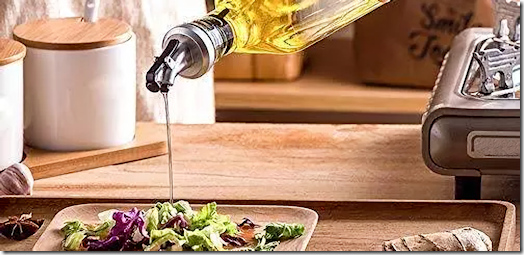 Regular readers will know I do a bit of cooking when the fancy takes me. The kind of stuff I cook involves any, some, or all of Olive Oil, Extra Virgin Olive Oil, Peanut Oil, Sesame Oil, Rapeseed Oil, Sunflower Oil, light Soy Sauce, dark Soy Sauce, Worcestershire Sauce, and several others.
Regular readers will know I do a bit of cooking when the fancy takes me. The kind of stuff I cook involves any, some, or all of Olive Oil, Extra Virgin Olive Oil, Peanut Oil, Sesame Oil, Rapeseed Oil, Sunflower Oil, light Soy Sauce, dark Soy Sauce, Worcestershire Sauce, and several others.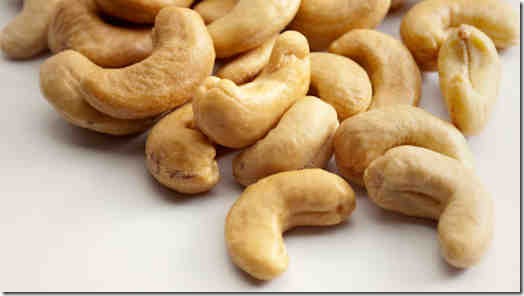
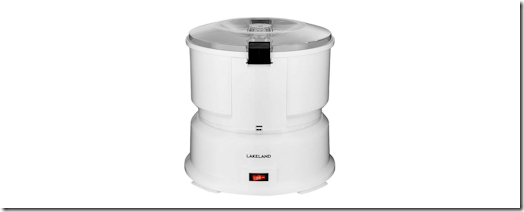 Seriously. I’ve been thinking of getting an automatic potato peeler for years, but the fact that they’re usually industrial units for use by chip shops, matched by industrial prices, has put me off. Maybe not so much the price, but certainly the size.
Seriously. I’ve been thinking of getting an automatic potato peeler for years, but the fact that they’re usually industrial units for use by chip shops, matched by industrial prices, has put me off. Maybe not so much the price, but certainly the size.
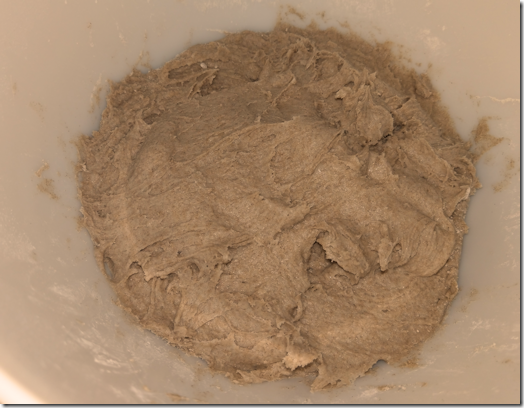 What you end up with can only be described as a sticky mess, but that’s OK because it’s exactly what it should look like. I’m glad I went with my Kenwood, because if you get any on you it sticks like all get out! Cover it with a tea towel and let it rise at room temperature for 10-12 hours.
What you end up with can only be described as a sticky mess, but that’s OK because it’s exactly what it should look like. I’m glad I went with my Kenwood, because if you get any on you it sticks like all get out! Cover it with a tea towel and let it rise at room temperature for 10-12 hours.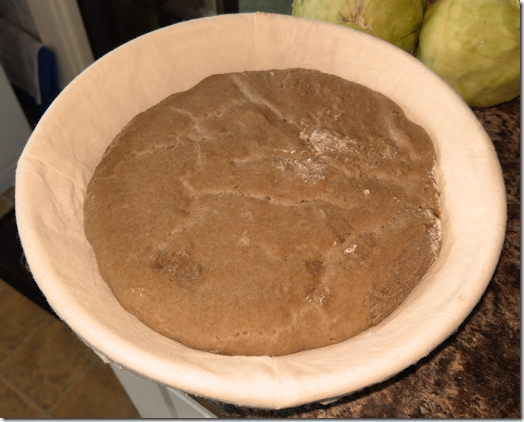 Let it rise for 60-90 minutes uncovered, until cracks appear on the surface. Mine rose again noticeably during this time.
Let it rise for 60-90 minutes uncovered, until cracks appear on the surface. Mine rose again noticeably during this time.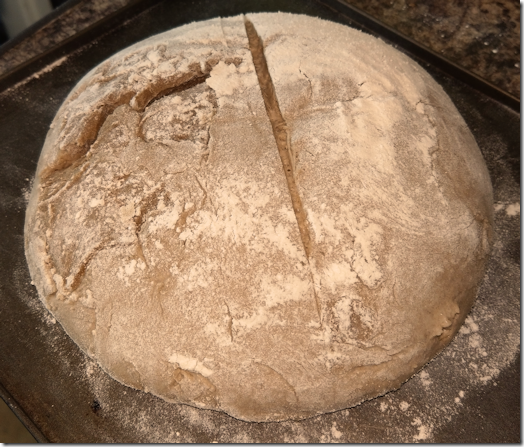 I put one shallow slash using a sharp knife through the dough’s ‘skin’ to be on the safe side, though it cracked by itself. Drop the oven setting to Gas Mark 8 (230°C) and put the loaf inside. Total baking time is 50 minutes.
I put one shallow slash using a sharp knife through the dough’s ‘skin’ to be on the safe side, though it cracked by itself. Drop the oven setting to Gas Mark 8 (230°C) and put the loaf inside. Total baking time is 50 minutes.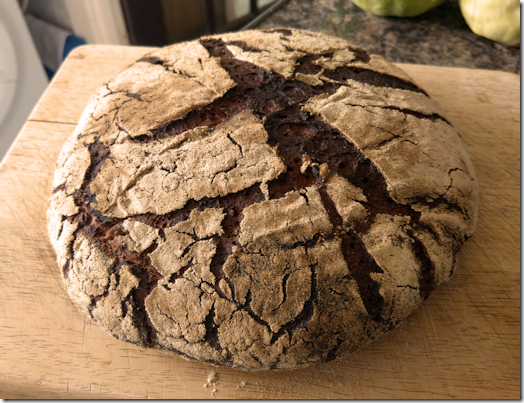 This is what the result is straight out of the oven. It’s exactly what I was after – on the outside, at least. It’s identical to the authentic German loaves. And after letting it cool right down…
This is what the result is straight out of the oven. It’s exactly what I was after – on the outside, at least. It’s identical to the authentic German loaves. And after letting it cool right down…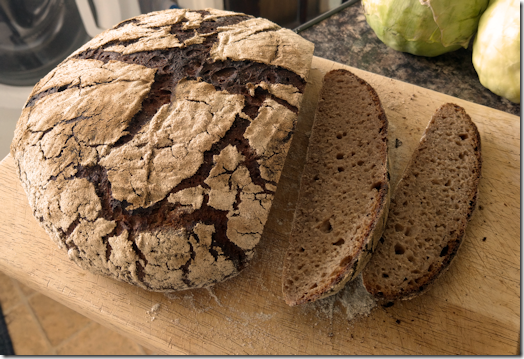 Yes! Result. It has a nice tangy taste (which is one that you need to acquire, so be warned) and the crumb is pretty much just as I wanted it.
Yes! Result. It has a nice tangy taste (which is one that you need to acquire, so be warned) and the crumb is pretty much just as I wanted it.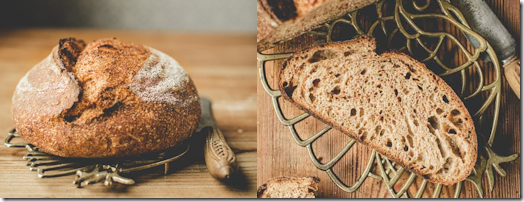 After my
After my 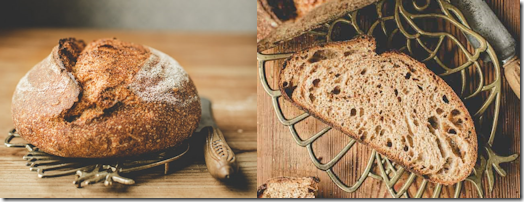 Like most of us, I have a lot of spare time on my hands right now, and regular readers will know that I like cooking, especially if it involves trying to copy something that already exists commercially, and which I enjoy eating.
Like most of us, I have a lot of spare time on my hands right now, and regular readers will know that I like cooking, especially if it involves trying to copy something that already exists commercially, and which I enjoy eating.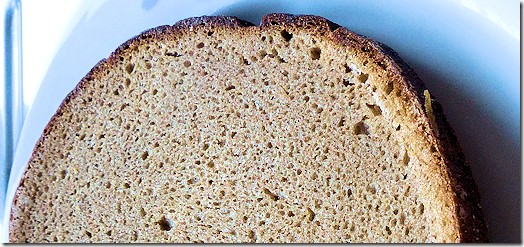 My target is something with a tight crumb similar to this (the stuff I was buying from Asda). No stupid 3cm wide holes, and no Leonardo da Vinci crap on the crust. Just a dense rye bread.
My target is something with a tight crumb similar to this (the stuff I was buying from Asda). No stupid 3cm wide holes, and no Leonardo da Vinci crap on the crust. Just a dense rye bread.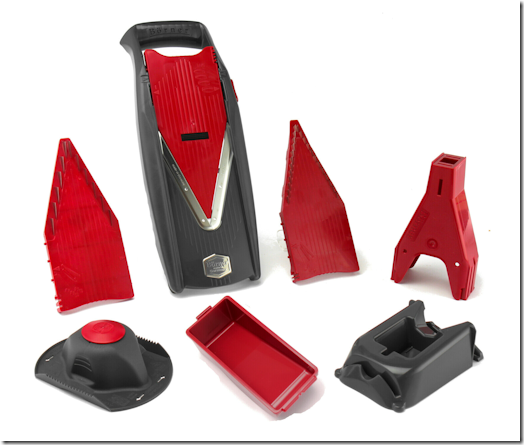 I’ve had a Mandoline slicer for many years. I bought my old one after seeing an ad on TV, and it lasted for at least 20 years. In fact, there’s still not much wrong with it now, apart from the state of its box after all this time.
I’ve had a Mandoline slicer for many years. I bought my old one after seeing an ad on TV, and it lasted for at least 20 years. In fact, there’s still not much wrong with it now, apart from the state of its box after all this time.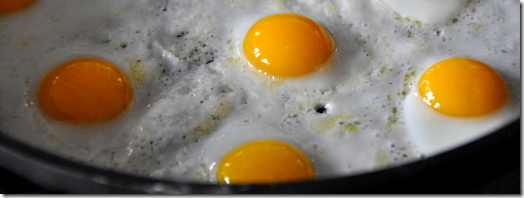 Most people will remember the Edwin Curry saga back in 1988, where she claimed that most eggs were contaminated with Salmonella. It led to a dramatic fall in egg sales (60%), and it destroyed her political career.
Most people will remember the Edwin Curry saga back in 1988, where she claimed that most eggs were contaminated with Salmonella. It led to a dramatic fall in egg sales (60%), and it destroyed her political career.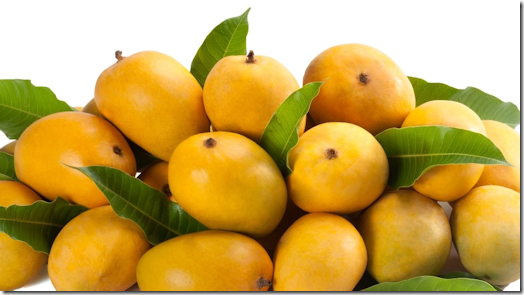 My love affair with mango lassi started some years ago, after I’d been to a concert in Leeds. I was driving my mate home, and we decided to stop off for a curry.
My love affair with mango lassi started some years ago, after I’d been to a concert in Leeds. I was driving my mate home, and we decided to stop off for a curry.